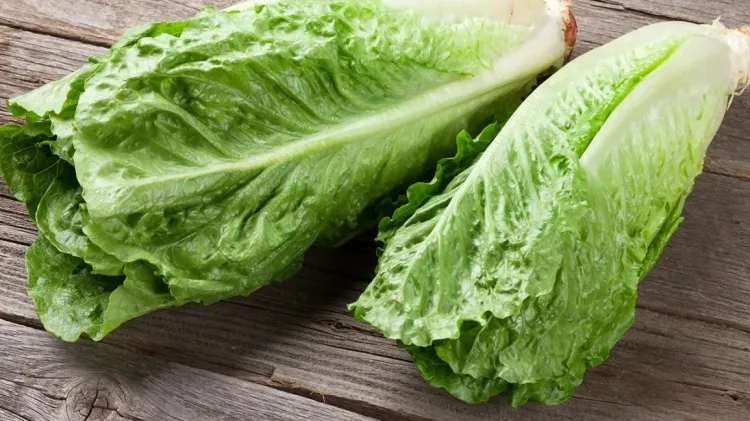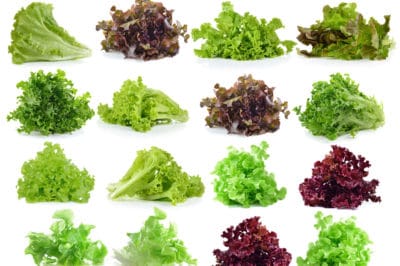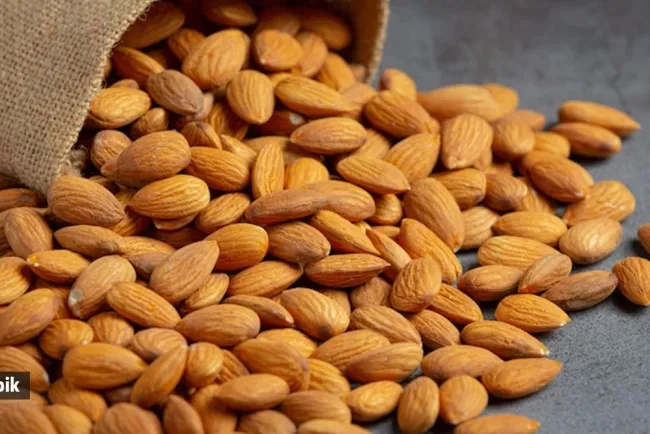Lettuce: A Versatile and Nutritious Leafy Green...!!!
Lettuce, known scientifically as Lactuca sativa, is a widely enjoyed leafy green vegetable used in a myriad of culinary creations worldwide. As a member of the Asteraceae family, lettuce is celebrated for its crisp texture, mild flavor, and substantial nutritional benefits. This adaptable vegetable has a long history of cultivation, originating in the Mediterranean region thousands of years ago.

Types of Lettuce
Lettuce comes in several varieties, each boasting unique characteristics and culinary applications. Some of the most prevalent types include:
-
Romaine Lettuce: Also called Cos lettuce, Romaine features long, robust leaves with a hearty flavor. It is a staple in Caesar salads and frequently used in wraps and sandwiches.
-
Iceberg Lettuce: Iceberg has a dense, spherical head with tightly packed, pale green leaves. Known for its crispness and mild taste, it is a popular choice for salads and as a topping for burgers and sandwiches.
-
Butterhead Lettuce: This category includes varieties like Bibb and Boston lettuce. Butterhead lettuce has soft, tender leaves with a slightly sweet flavor. Its loose heads and delicate texture make it ideal for salads and garnishes.
-
Leaf Lettuce: Available in green and red varieties, leaf lettuce has loosely arranged leaves that do not form a compact head. It offers a mild flavor and tender texture, perfect for salads and garnishes.
-
Romaine Hearts: These are the tender inner leaves of Romaine lettuce, less bitter than the outer leaves. Romaine hearts are often used in salads and as a base for various dishes.
-
Batavia Lettuce: Also known as Summer Crisp, Batavia lettuce merges the crispness of Iceberg with the tenderness of leaf lettuce. It has a slightly sweet flavor and is versatile in culinary uses.
Nutritional Benefits
Lettuce is a low-calorie, nutrient-dense vegetable offering numerous health benefits. Key nutrients found in lettuce include:
-
Vitamins: Lettuce is a rich source of vitamins A, C, and K. Vitamin A is crucial for vision, immune function, and skin health. Vitamin C is a powerful antioxidant that supports the immune system and aids in iron absorption. Vitamin K is essential for blood clotting and bone health.
-
Minerals: Lettuce provides essential minerals such as potassium, calcium, magnesium, and iron. Potassium helps regulate blood pressure and fluid balance, while calcium and magnesium are vital for bone health. Iron is necessary for red blood cell production and anemia prevention.
-
Fiber: Lettuce is a good source of dietary fiber, which aids digestion, promotes satiety, and supports overall gut health.
-
Antioxidants: Lettuce contains various antioxidants, including beta-carotene and flavonoids, which protect the body from oxidative stress and reduce the risk of chronic diseases.

Cultivation and Growing Conditions
Lettuce thrives as a cool-season crop in temperate climates. It grows best in well-drained, fertile soil rich in organic matter. The optimal temperature range for lettuce growth is between 60°F (15°C) and 70°F (21°C). Consistent moisture is necessary to prevent bolting, the premature development of flower stalks that can make leaves bitter.
Lettuce can be grown from seeds or transplants. It is often directly sown in the garden or started indoors before being transplanted outdoors after the risk of frost has passed. Regular watering and adequate spacing are crucial to ensure proper air circulation and growth.
Culinary Uses
Lettuce is a versatile ingredient used in various culinary applications. Popular uses of lettuce include:
-
Salads: Lettuce is a fundamental ingredient in salads, providing a fresh, crisp base for diverse toppings and dressings. It can be combined with other vegetables, fruits, nuts, and proteins for a nutritious and flavorful salad.
-
Sandwiches and Wraps: Lettuce adds a refreshing crunch to sandwiches, burgers, and wraps. It can serve as a filling or as a wrap itself, especially in low-carb and gluten-free diets.
-
Garnishes: Lettuce leaves are frequently used as garnishes, adding color and texture to dishes.
-
Juicing and Smoothies: Lettuce can be juiced or blended into smoothies, delivering a boost of vitamins and minerals.
Lettuce is a versatile and nutritious leafy green enjoyed for centuries. Its various types, mild flavor, and crisp texture make it a popular choice in diverse culinary dishes. With its numerous health benefits and ease of cultivation, lettuce remains a valuable addition to any diet. Whether in salads, sandwiches, or as a garnish, lettuce continues to be a beloved vegetable in kitchens worldwide.
What's Your Reaction?

















